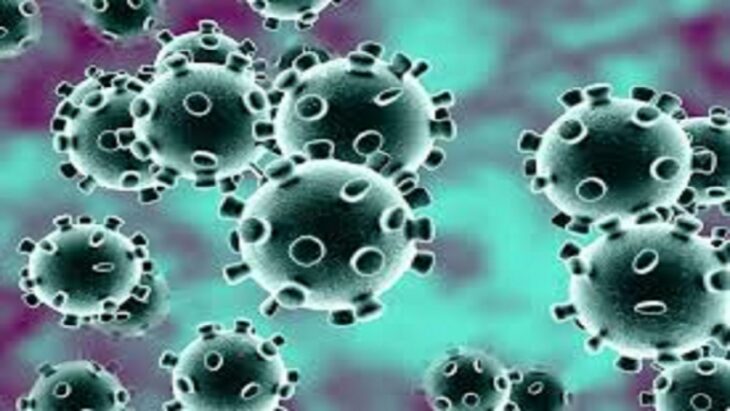Zimbabwean News You Can Trust
Zimbabwe and Zambia already struggling with food shortages in the face of a bad farming season due to a drought will likely face more load-shedding in the coming months due to low power generation at the Kariba power station, a condition mainly caused by the El Niño weather phenomenon.
The El Nino phenomenon has brought below-normal rainfall, which has rendered most crops across the country a write off and many people in need of food aide. Now the water reserved for power generation is running low, with the water level at 15% of total capacity and falling.
To date, the Zambezi River Authority (ZRA), a bi-national organisation mandated with regulating the Kariba Dam, has guarded the hydroelectricity systems’ 428MW of generation output, shared between Zimbabwe and Zambia. This week, it warned of the need for a review.
“The hydrological review will, among other factors, take into consideration the actual performance of the 2023–2024 rainfall season and the resulting inflows into the lake over the first quarter of the year 2024,” ZRA said in a statement.
“The results of the hydrological simulations could result in an increment, reduction, or keeping of the prevailing 2024 water allocation as is.”
In normal circumstances, the ZRA would maintain the previous year’s 16 billion cubic metres (BCM) for electricity generation shared equally between the two countries.
“Given that the Kariba inflows are so far below average, with a possibility of registering as one of the lowest on record, the power utilities have been advised to maintain strict adherence to their respective water allocations thresholds to sustain generation to the end of the year,” added the Authority.
At full capacity, the Kariba Dam generates around 30% of Zambia’s total installed capacity of 3 400MW, and roughly 50% of Zimbabwe’s capacity of 2 300MW.
If the dam levels falls short however, both Zimbabwe and Zambia rely on imports at a time when the regional Powerhouse South Africa has little electricity to spare.




